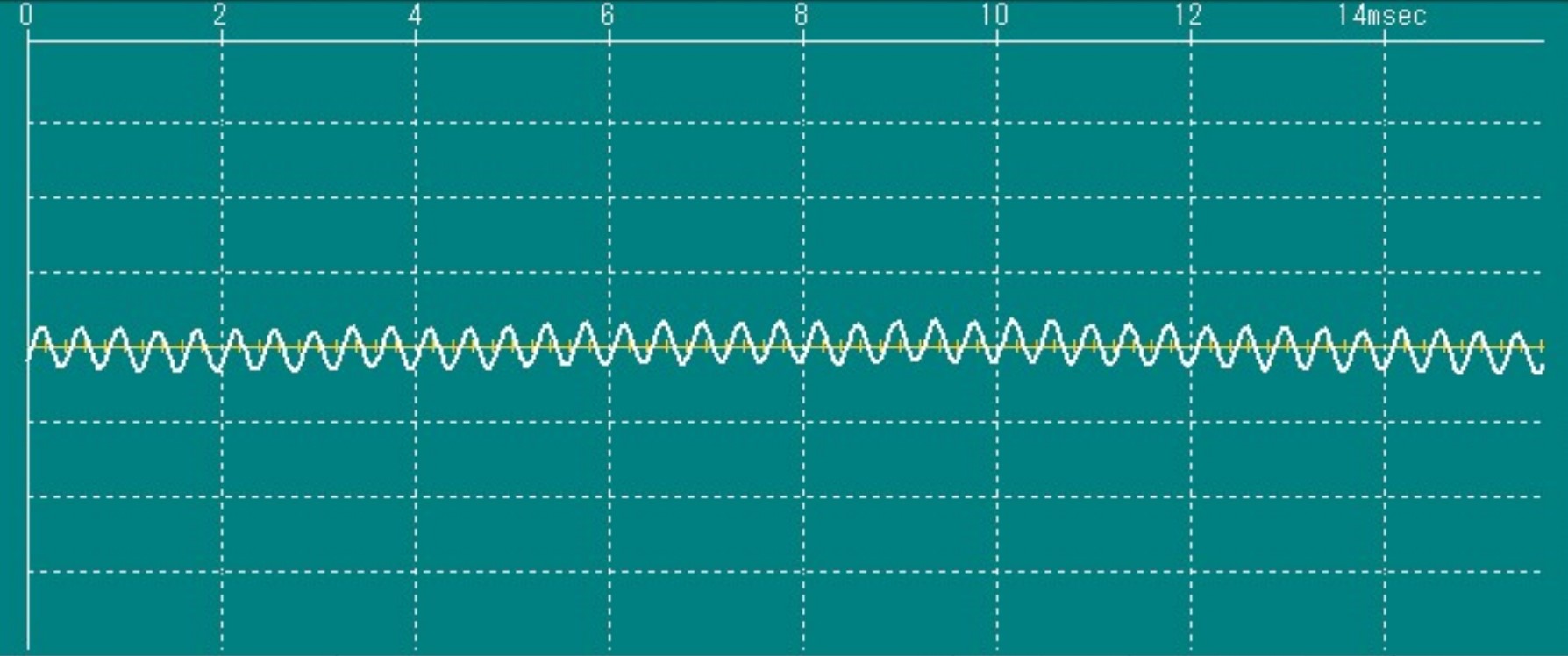Experiment
On the Previous, we explained that the properties of sound waves vary with frequency. Here, we compare sound waves, which have similar properties to radio waves, to see how they differ.
Equipment and software used in this experiment
- microphone:RODE VideoMicro
- Speaker:Blackstar FLY3
- Playing sound:発音(Hatsune)
- Measuring Waveforms:振駆郎(Shinkrou)
Experiment①
Method
- Place the microphone 25 meters away from the speaker.
- Play sounds of 250Hz and 2500Hz from the speakers at the same volume respectively.
- Observe the sound waves with a microphone and compare which waveform's amplitude is larger.
250Hz ※Pay attention to the volume.
2500Hz ※Pay attention to the volume.
Result
-
250Hz

-
2500Hz

Experiment②
Method
- Place the speaker and microphone across the door.
- With the door closed, play 250Hz and 2500Hz sounds from the speakers at the same volume.
- Observe the sound waves with a microphone and compare which waveform's amplitude is larger.
Result
-
250Hz

-
2500Hz

Consideration
These experiments confirmed that low-frequency sounds reach farther and pass through obstacles more easily than high-frequency sounds.
The results of this experiment also apply to radio waves: the "millimeter waves" used in 5G are higher frequencies, which make it harder for radio waves to reach farther and more likely to be blocked by obstructions, so base stations must be placed at narrow intervals.